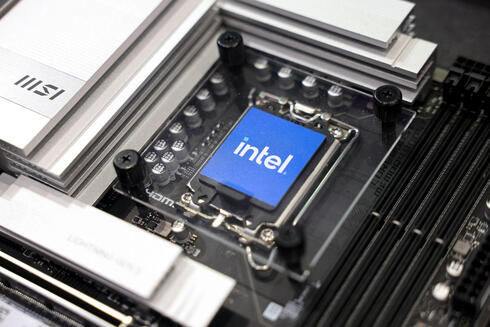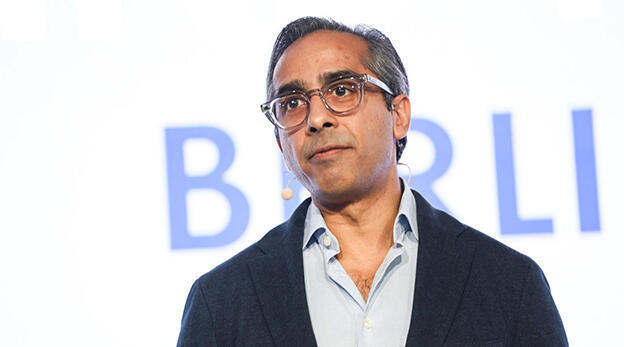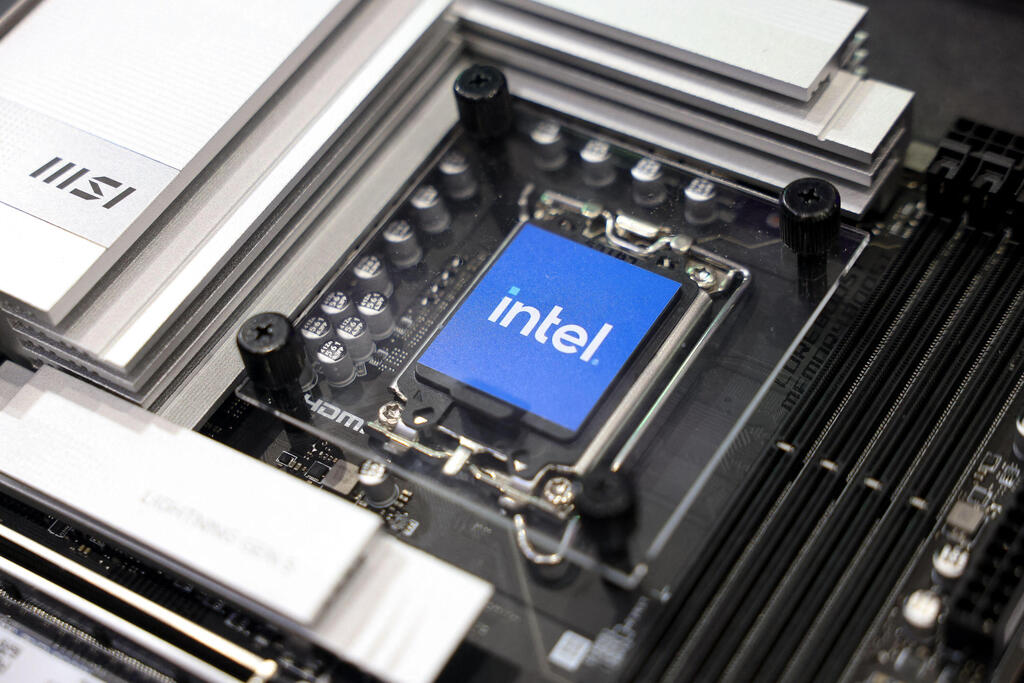
Intel’s stock soars 37% in a week as Broadcom and TSMC consider acquisitions
Breakup rumors fuel a massive rally, but the company’s future remains uncertain.
Intel's stock has experienced a stunning turnaround, surging 37% over the past five trading days, including a 16% gain on Tuesday. The dramatic rise, which marks Intel’s most significant rally since 2001, has been driven by a combination of geopolitical developments, policy speculation, and renewed takeover interest. Yet, despite investor enthusiasm, the long-term outlook for the semiconductor giant remains uncertain as it grapples with an existential crisis over its business model. The company’s shares are still down almost 40% over the past 12 months.
Broadcom and TSMC in talks to break up Intel
The most immediate catalyst for today’s surge was a report from The Wall Street Journal revealing that Broadcom, a leading U.S. chip designer, is considering acquiring Intel’s chip design and marketing operations. This news follows speculation that Taiwan Semiconductor Manufacturing Company (TSMC), the world’s most advanced chipmaker, is in talks to acquire Intel’s manufacturing division.
If these deals materialize, they would mark the end of Intel as a vertically integrated semiconductor company. Since its founding, Intel has controlled both the design and production of its chips, a strategy that once made it the dominant force in computing. However, as competitors such as Nvidia and Apple have surged ahead in chip design and TSMC has established itself as the world’s most efficient manufacturer, Intel has struggled to keep pace.
While no formal offers have been made, Broadcom’s interest suggests that investors may finally see a restructuring plan that unlocks shareholder value. Former Intel CEO Pat Gelsinger’s ambitious manufacturing revival plan, which led to billions in capital expenditures and a wave of job cuts, has largely failed. His departure last year signaled a shift in strategic priorities, and current leadership appears more open to breaking up the company.
Trump administration’s AI policy fuels speculation
Intel’s rally last week was largely fueled by political developments. At the AI Summit in Paris, U.S. Vice President JD Vance reiterated the Trump administration’s commitment to ensuring that America’s most powerful AI systems are built using domestically designed and manufactured chips. This sparked investor optimism that Intel, as the only U.S.-based advanced semiconductor foundry, could receive further government support.
However, the specifics of this support remain unclear. While the CHIPS Act was initially intended to boost domestic semiconductor production, former President Donald Trump has criticized the program, favoring tariffs and protectionist measures instead. If the administration follows through with restrictions on foreign chip imports, Intel could benefit, but such policies also carry risks, particularly given Intel’s reliance on TSMC for advanced AI chip production.
Can the rally last?
Despite the stock’s recent gains, Intel remains in a precarious position. The company’s foundry business continues to burn cash and in January Intel reported its third consecutive year-over-year revenue decline. It does not expect to return to profitability on a GAAP basis until at least 2026. Meanwhile, executive turnover—including the recent departure of its AI chief to become CEO of Nokia—underscores ongoing instability.
The key question is whether Intel’s rally represents the start of a sustainable turnaround or merely a short-lived surge driven by speculation. Investors appear eager for a decisive restructuring, but without a clear long-term strategy, the company risks remaining in limbo. The fate of Intel now hinges on whether its leadership can execute a strategic pivot that restores market confidence and positions it for future success.














